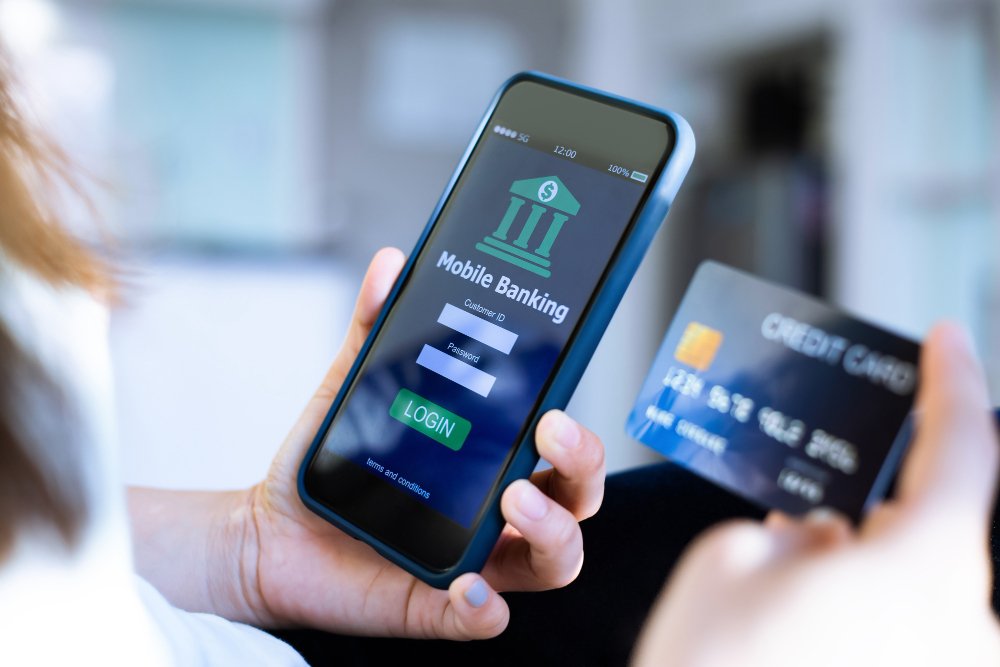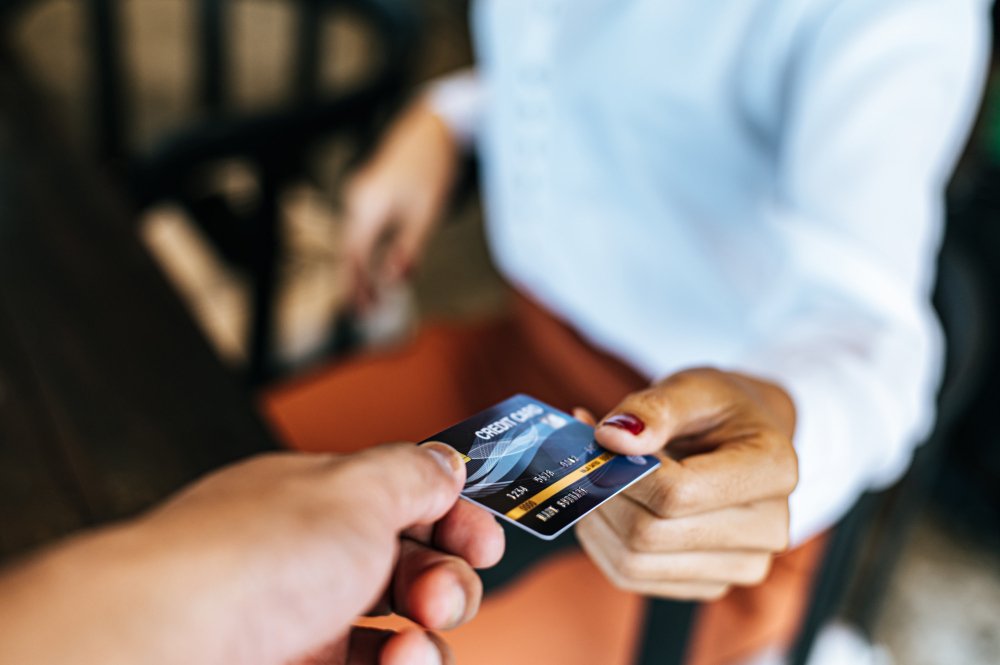Payment Security: What It Is and Why Your Business Needs It
Giving your clients a secure procedure of payment on your website or in a mobile app significantly contributes to the growth of your business because your customers will trust you. Not having payment security implemented on your website/app means an increasingly bigger number of people refusing to pay for your merch online. That’s why more business owners are interested in such a question as ‘how do I ensure payment security?’
What is payment security?
Payment security is a batch of requirements implemented in a procedural manner to the payment process on a website or mobile app, where it is possible to pay for any type of merch that a company sells, whether it be goods or services. It is a complex approach to making sure the security of financial transactions, which is designed for:
- preventing stealing customer and payment data
- avoiding fraud
s - complying with international security standards, which today are the only way to attach card payments to a website/app
- improving customer experience.
How to secure payments with PCI DSS
To enable secure payment methods on the website or mobile app, a company has to comply with the PCI DSS standards, which are designed by the biggest international card organizations (including Visa, MasterCard, JCB, and AmEx) in order to standardize the procedures of implementation of security of payments, compliance, reporting, anti-fraud protection, and daily operations. Today, PCI DSS is elaborated and kept updated by over 600 organizations worldwide.
This document is large and includes over 130 pages of regulations (speaking of its latest version as of March 2022). They describe everything connected to secure payment methods and their implementation in any organization.
Specifically, PCI DSS contains:
- approaches to establishing a secure payment network, both wired and wireless
- data transfer to and from the vendors
- best practices
- requirements to networks, databases, and business processes, which are connected to payments execution or used to secure payments
- lists of controls, compliance demands, and reporting
- firewall and other methods of protection of client and payment data
- password and security parameters
- protected storage of cardholder data
- requirements to encryption of the transferred data in all networks
- protection of company’s servers and networks from spyware, malware, viruses
- security monitoring system implementation
- virtual and physical access restriction and role layering
- authentication measures
- tracking and monitoring the operations
- regular updates and testing of the systems involved in payment security.
As you can see, this document is large & thorough. It can guide you fully through the entire process of building the safest way to pay online (or even several if you wish and this is within your budget).
A procedure to secure payment methods of your company in general
Although the process of the implementation of this card security guide is quite long and will impose various demands on your company’s processes, it can be defined as three stages at a high level:
- Assessing.
At this stage, a company has to make a review and assessment of all the procedures, which are involved in financial transactions. Merchants can be self-guided by means of the usage of the Self-Assessment Questionnaire, which contains questions to ask and risks to define.
- Remediating.
At this stage, all found faults and holes must be fixed. PCI DSS has detailed recommendations on how to do this to secure online payment processes of companies.
- Reporting.
Depending on the level of a merchant, reporting about the compliance with the requirements of PCI DSS can be voluntary or compulsory, ranging from looser to stricter requirements. There are 4 levels of merchants defined, where 4 is the loosest and 1 is the strictest, which define, how many demands merchants have to comply with in order to receive and maintain the PCI certification. Generally, level 4 is applied to those that process 0-20,000 transactions per annum; level 3 is for those processing 20,001-1,000,000 transactions; level 2 is for those between 1 and 6 million, and level 1 is for all with above 6 million annual transactions.
The results of the implementation of all payment security measures will be such technological solutions as:
- SSL and HTTPS used on the website or in the app (for data transfer security and encryption)
- Tokenization (substituting 16-digit card number with random numbers to hide the real number)
- 3DS (verification that a payer is a real payer based on about 100 parameters of their payment means, device information, behavioral statistics, and payment history, which are to be approved by an issuing bank, bank of the merchant, and the payment processor)
- AVS (generating one-time passwords for approving that a transaction is really made by a payer, not someone else).
Now let’s look at the most typical payment and operation risks to answer the popular question, what are the risks that payment security limits?
- The first risk is fraud connected to data switching or swapping — when a real transaction data are changed to a fake during the performance of the transaction in real-time.
- Funds returning requests — after a customer paid, someone or (s)he themselves may require a refund for the operation, trying to keep both the money and the merch bought.
- Unsanctioned attempts of writing off the funds of clients.
- Stealing data from merchant servers.
These all are normally prevented by 3DS, AVS, and tokenization measures. The IV risk is eliminated by a proper level of protection of merchant servers.
Conclusion on the secure online payment processes
PCI DSS is the most important document for the security of payments. Its implementation is a must for all online vendors as Internet merchandising does not show signs of decline.






